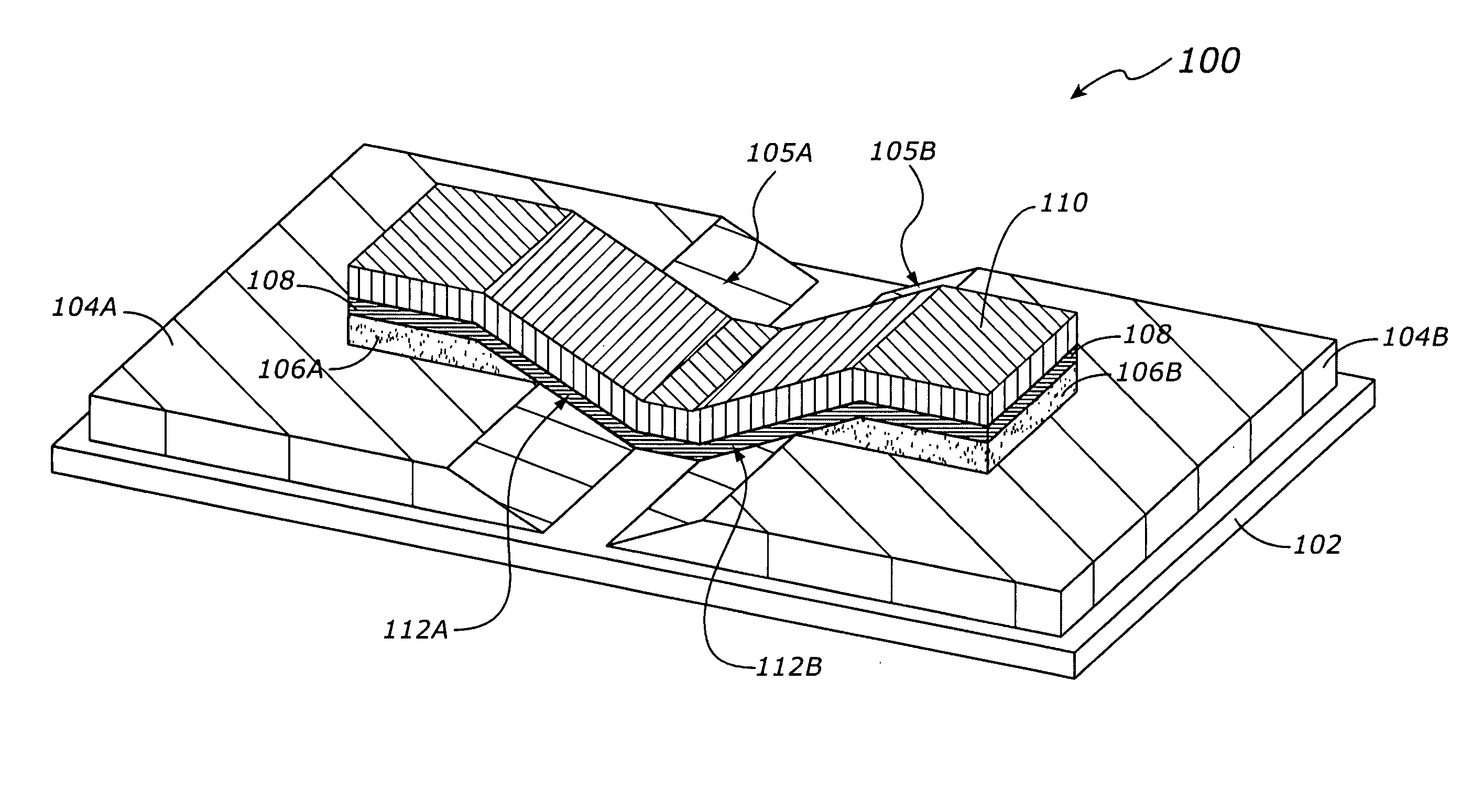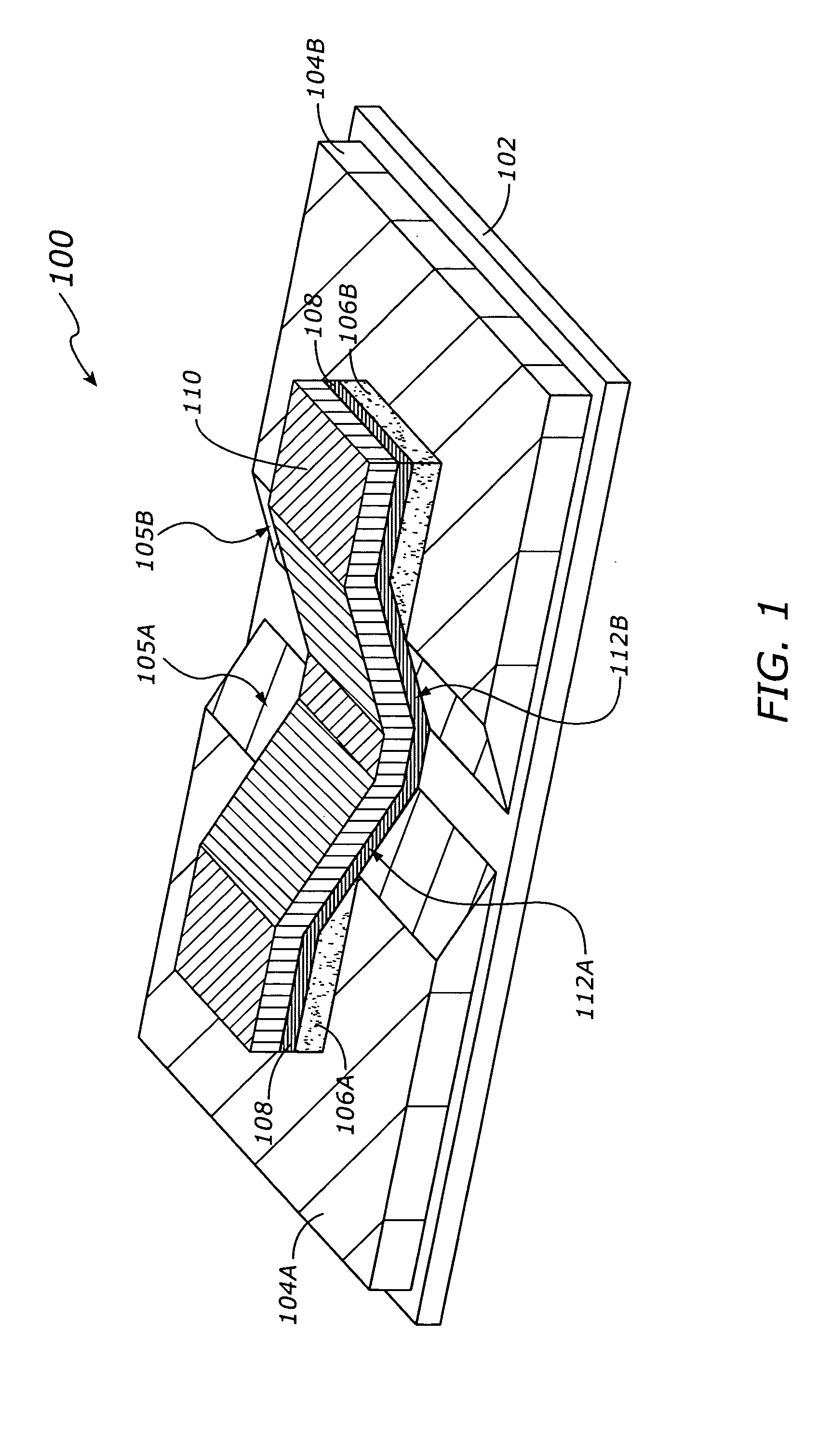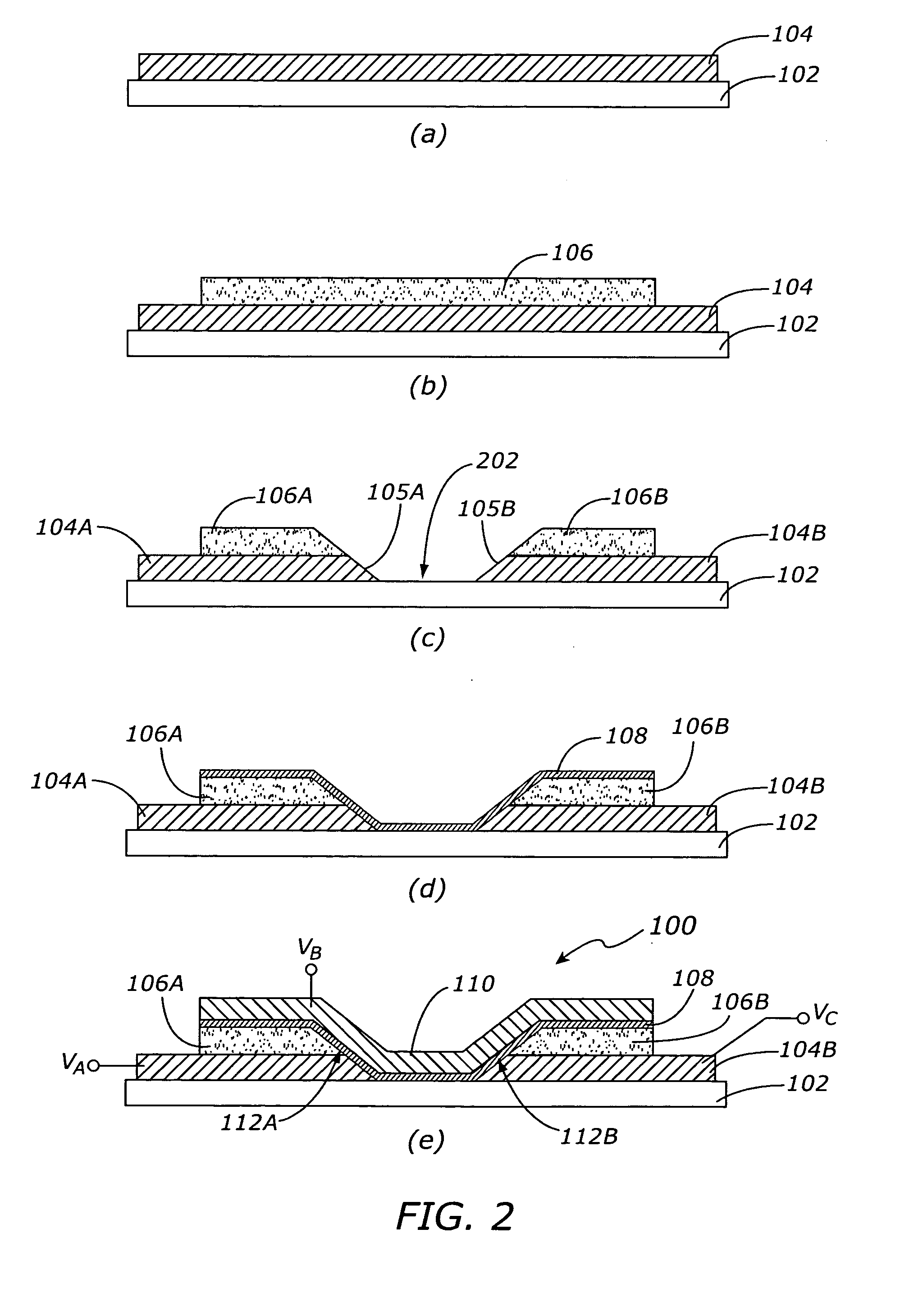Superconducting integrated circuit and methods of forming same
a superconducting integrated circuit and integrated circuit technology, applied in the direction of superconductor devices, electrical devices, semiconductor devices, etc., can solve the problems of limiting wide-scale adoption, inevitably losing energy, and heat dissipation, and the specialized nature of most superconducting materials
- Summary
- Abstract
- Description
- Claims
- Application Information
AI Technical Summary
Benefits of technology
Problems solved by technology
Method used
Image
Examples
Embodiment Construction
[0014] The following detailed description of the invention is merely exemplary in nature and is not intended to limit the invention or the application and uses of the invention. Furthermore, there is no intention to be bound by any theory presented in the preceding background of the invention or the following detailed description of the invention.
[0015] According to various exemplary embodiments, a superconducting integrated circuit suitably includes one or more Josephson junctions formed with non-identical layers of superconducting material. A first layer may be formed of YBaCu3O7-y (YBCO) and a second layer may be formed of Bi2Sr2CaCu2Oy (Bi2212), for example, to reduce the level of precision needed to etch or otherwise process the various materials on the integrated circuit. In a further embodiment, superconducting devices are formed with multiple Josephson junctions to create Josephson diodes, transistors or other devices. Such devices may be interconnected as appropriate to fo...
PUM
 Login to View More
Login to View More Abstract
Description
Claims
Application Information
 Login to View More
Login to View More - R&D
- Intellectual Property
- Life Sciences
- Materials
- Tech Scout
- Unparalleled Data Quality
- Higher Quality Content
- 60% Fewer Hallucinations
Browse by: Latest US Patents, China's latest patents, Technical Efficacy Thesaurus, Application Domain, Technology Topic, Popular Technical Reports.
© 2025 PatSnap. All rights reserved.Legal|Privacy policy|Modern Slavery Act Transparency Statement|Sitemap|About US| Contact US: help@patsnap.com



